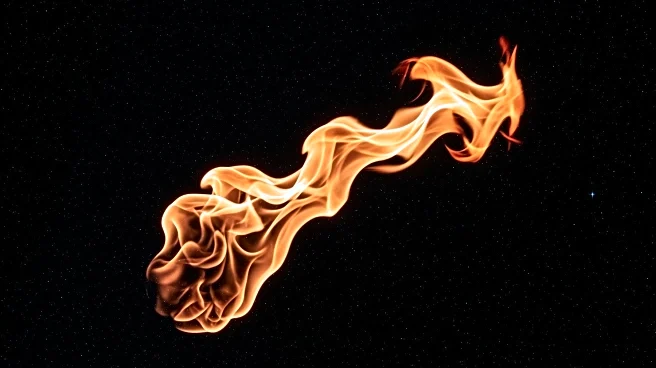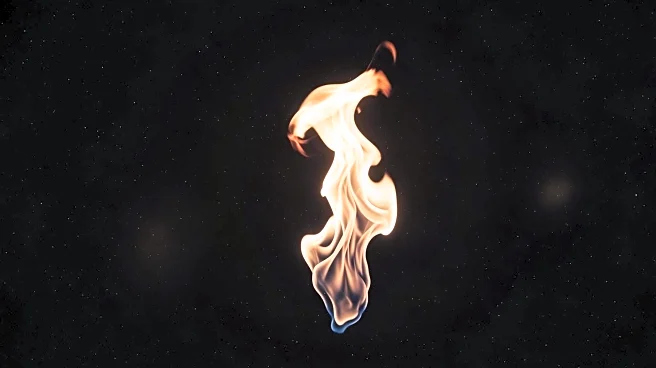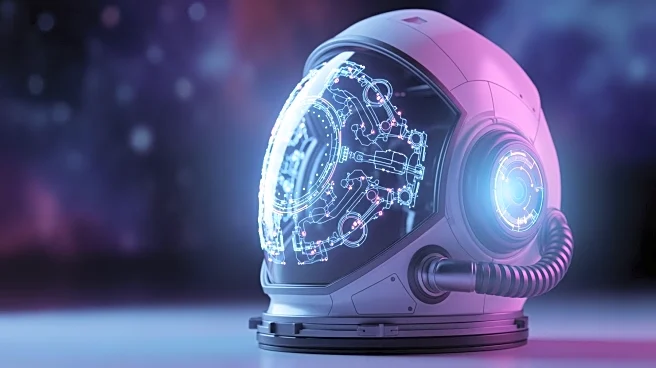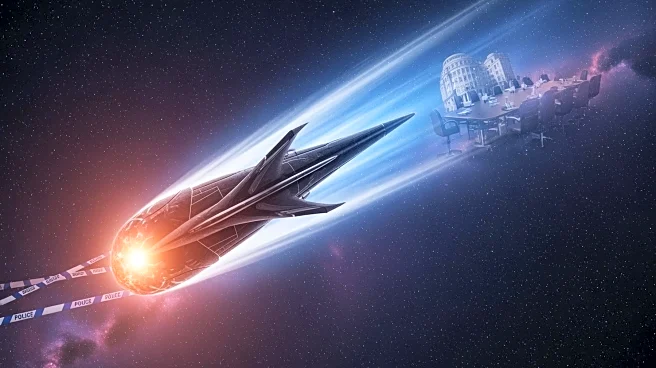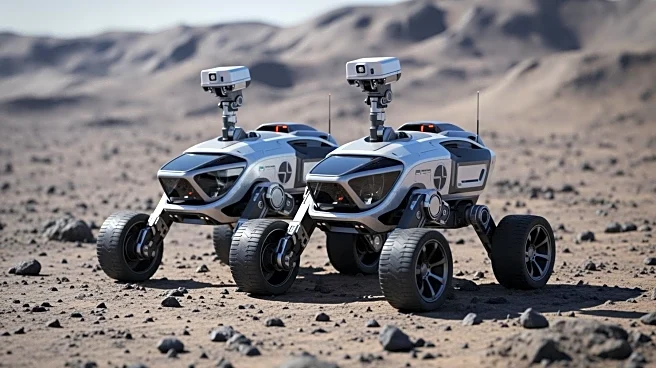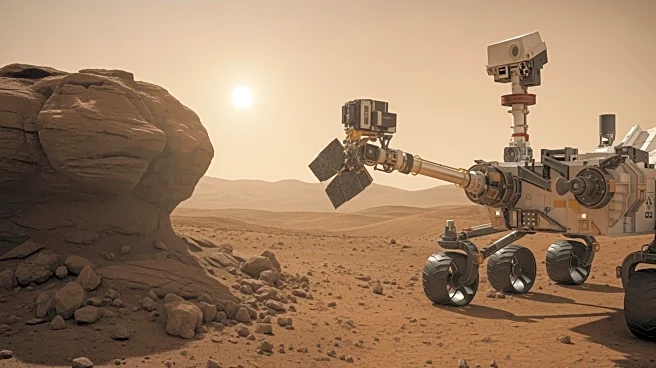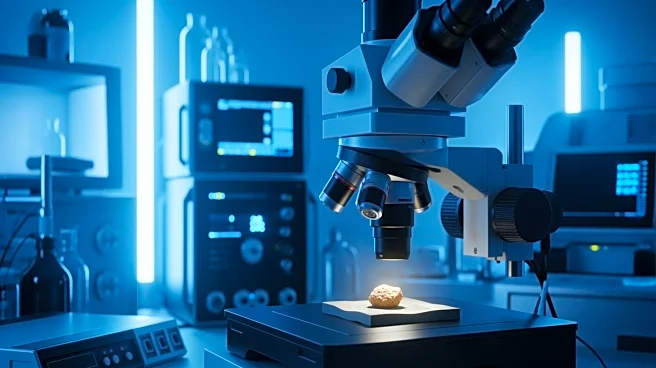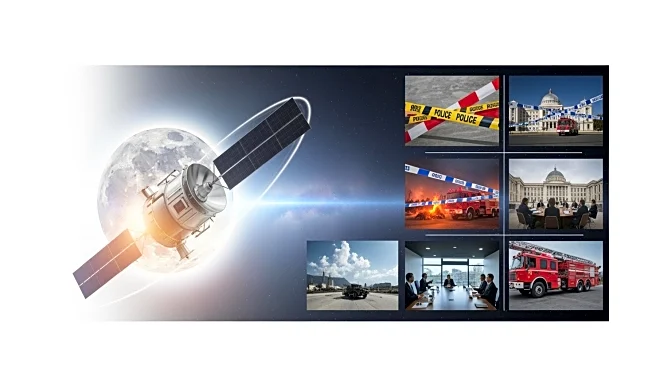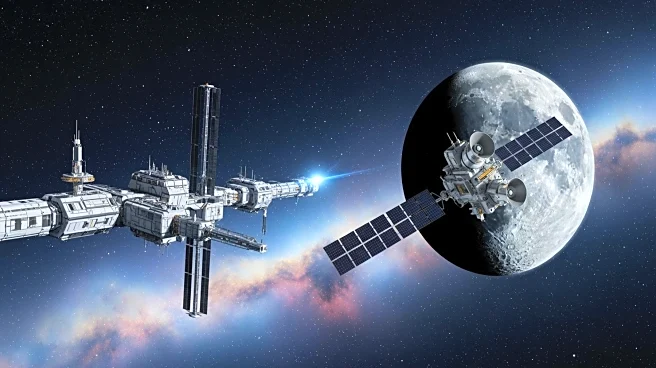What's Happening?
Chinese astronauts Gui Haichao and Zhu Yangzhu conducted a live demonstration aboard the Tiangong space station, igniting a candle to showcase the effects of microgravity on combustion. Unlike the typical
teardrop-shaped flame seen on Earth, the flame in space formed a gentle, spherical glow due to the absence of convection. This phenomenon occurs because, in microgravity, gases do not separate into layers or currents, causing the flame to expand equally from its source. The demonstration highlighted how microgravity reshapes basic physical processes like heat and air movement, offering a unique perspective on combustion. The Tiangong station allows for such experiments under controlled conditions, providing valuable data for understanding flame behavior without buoyant flow.
Why It's Important?
The insights gained from this experiment are crucial for designing safer spacecraft systems and materials. Understanding how flames behave in microgravity can inform the development of better ventilation systems, fire detectors, and extinguishers tailored to space environments. This knowledge is essential for future missions to the Moon, Mars, and beyond, where safety margins are critical. The ability to predict and manage fire behavior in space can prevent potential hazards, ensuring the safety of astronauts and the integrity of spacecraft. The experiment also contributes to the broader understanding of how microgravity affects physical processes, which is vital for long-duration space travel.
What's Next?
The findings from the Tiangong space station's combustion experiments will likely influence the design of future spacecraft and habitats. Engineers and scientists will use this data to refine air mixing, filtration, and hazard response systems for space missions. As space exploration advances, these insights will be integrated into the architecture of spacecraft cabins and emergency protocols. The ongoing research will continue to explore the implications of microgravity on combustion, potentially leading to innovations in material standards and fire safety measures for space environments.
Beyond the Headlines
The experiment underscores the importance of understanding fundamental physical processes in space, which can have broader implications for scientific research and technology development. By studying combustion in microgravity, researchers can gain insights into other phenomena affected by the absence of gravity, such as fluid dynamics and material science. This knowledge can lead to advancements in various fields, including aerospace engineering and environmental science, as it challenges conventional Earth-based assumptions and opens new avenues for exploration.
